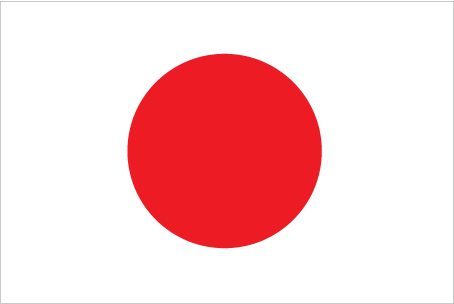To help inspire or plan your trip to Japan, some of its major attractions
for travellers are shown below, including some of the best natural, historical, cultural and adventure sites in the country.
These include all of UNESCO World Heritage Sites for Japan which represent the best
of the world's cultural and natural heritage.
Click on the icons below to focus on specific types of features
(click again to return to all).
|
|
|
|
|
|
|
|
|
|
|
|
 |
|---|---|---|---|---|---|---|---|---|---|---|---|
| Natural | History | Wildlife | Trekking | Cities | Religious Monument | Boat Journey | Rail Journey | Diving | Cultural | Adrenaline | UNESCO WHS |
Cities of interest in Japan
| Tokyo | |
|---|---|
Tokyo is one of the most modern, energetic and exciting cities in the world and yet still retains certain aspects of traditional Japanese culture. A huge metropolis, it's estimated that one-quarter of Japan's population live within 50km of the city centre. The Imperial Palace, home of the Emperor, is in the centre of town but is closed to visitors. However you can glimpse the Nijubashi (double bridge), moat and some of the palace buildings through the trees. Senso-ji Temple, in Asakusa, and the Meiji Shrine are examples of Japanese religious buildings that attract many pilgrims. Shopping is one of the major pastimes in Tokyo - Ueno Ameyoko Street is a traditional Tokyo street market while the department stores of Ginza sell all the latest fashions and electronic goods. At night, you can catch some traditional Kabuki theatre or check out the clubbing region of Shinjuku. | |
| Kyoto | |
|---|---|
Kyoto was the capital of Japan from its founding in AD 794 until the mid-19th century. As the centre of Japanese culture for more than 1,000 years and the only major city to escape bombing in the Second World War, Kyoto is Japan's cultural and historical gem, home to over 2,000 temples, shrines and gardens. There are countless attractions in the city which could take weeks to explore. Among those is the imposing Nijo castle, built in 1603 as a palace for the Tokugawa shoguns. Kinkaku-ji Temple, known as the Golden Pavilion, is one of the most recognisable landmarks in Kyoto, much of it covered in gold foil. The temple at Ryoan-ji is noted for its beautiful Zen gardens. The 'Path of Philosophy' along the eastern hills incorporates Ginkaku-ji (the Temple of the Silver Pavilion), Nanzen-ji Temple and Kiyamizu-dera (Temple of Clear Water), the latter with a superb location atop a hill. Elsewhere the Gion Geisha district, made famous in the novel 'Memoirs of a Geisha', has numerous teahouses and restaurants. UNESCO World Heritage Site: Historic Monuments of Ancient Kyoto (Kyoto, Uji and Otsu Cities) | |
| Nagasaki | |
|---|---|
The port city of Nagasaki was the main trade point between Japan and Portugal in the 16th century but after Japan entered its period of self-imposed isolation, the small Dutch trading mission in the city's harbour became Japan's only contact with the outside world for almost 200 years. Nagasaki retains many features of the Dutch port, in addition to reconstructions of 18th century buildings. Other attractions in the city include the Glover Gardens and Mount Inasa which provide great views of the city and harbour and Nagasaki's Chinatown, the largest in Japan. Nagasaki also has a memorial Peace Park and Atomic Bomb Museum commemorating the destruction of August 9th, 1945. | |


